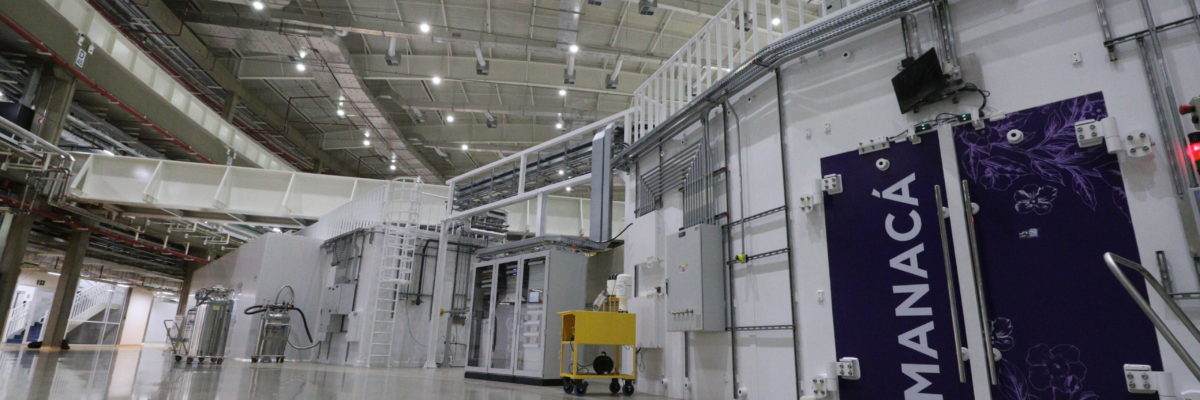Six research stations were delivered
to the scientific and technological community,
which are currently under the final phase
of testing and optimization.
SIRIUS
TO SHINE
THE FIRST STEP OF
A LONG JOURNEY
By Harry Westfahl Jr.
Director of the Brazilian Synchrotron Light National Laboratory
The construction and operation of a highly complex facility such as a fourth-generation synchrotron are intrinsically challenging, especially when one intends to occupy a prominent place on the frontier of this technology. Few countries have managed to bring together the scientific vision of the future and the intellectual and material resources to face this task. Only three fourth-generation synchrotrons are currently operating, adding a few others under construction, in the world.
Furthermore, if we combine these challenges with the turbulence of a pandemic, Sirius represents a unique achievement in the history of the science of synchrotron light worldwide. In over two years, we came from a practically empty experimental hall to an operational facility, with six beamlines in commissioning and welcoming experiments already producing high-impact scientific publications, and unprecedented discoveries on microscopic structures of synthetic and biological matter, underpinning valuable technological developments for society.
For CNPEM collaborators, who dedicated their lives to making this possible; for the partner companies, which responded vigorously to their highly complex missions; and for the Brazilian community in science and technology, which believed and always supported Sirius project, this is a dream that is finally coming true. With the first six beamlines in operation, we are heading towards the challenge of reaching the frontier of scientific knowledge.
We will start to carry out unprecedented experiments, designed by researchers from across the scientific community while maintaining the challenges of construction and commissioning of the next eight beamlines. Upon completion of this first phase of implementation, scheduled for 2023, fourteen beamlines and their associated facilities will have been made available, within the characteristics foreseen in the project, which will lead Sirius to international competitiveness in instrumentation for synchrotron light.
But, like UVX, the first Brazilian synchrotron whose construction paved the way for Sirius’ development, this is just the first step in a journey spanning many decades. As we conclude this and the coming phases of implementation, carrying out increasingly innovative and revealing experiments on nature, we believe that we can go even further. Today, we dare to dream that a Nobel Prize for Brazilian science can come from the light of our star!
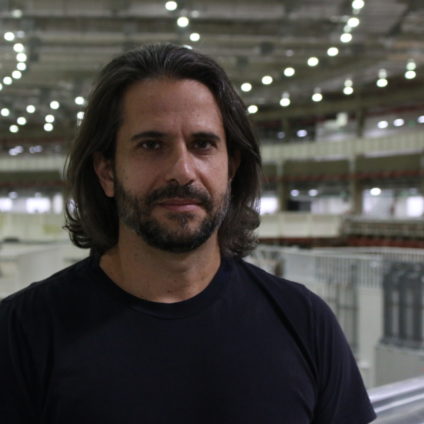
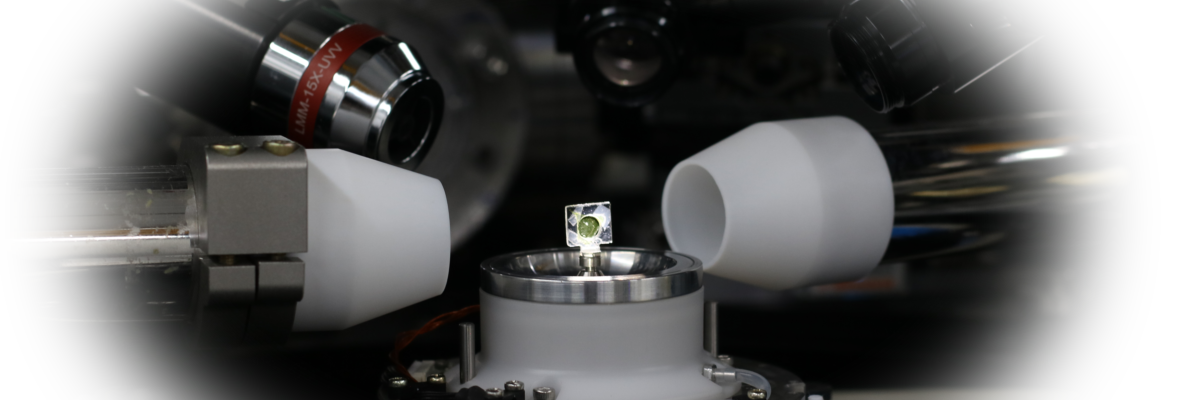
Sirius, Brazil’s largest and most complex research infrastructure, is a key tool for cutting-edge scientific investigation and search for solutions to major global scientific and technological challenges, such as new drugs, fertilizers, renewable energy sources, and many other potential applications with strong economic and social impacts. Designed and built by Brazilians and funded by the Ministry of Science, Technology, and Innovation (MCTI), Sirius installations are open to the Brazilian and international scientific and industrial communities.
STATE-OF-THE-ART RESEARCH STATIONS
In the Sirius research stations known as beamlines, experiments are carried out allowing us to observe nano and microscopic aspects of materials such as the atoms and the molecules they are made up of, their chemical states and spatial organization, as well as to monitor changes over time in physical, chemical, and biological processes that take place in fractions of a second. These beamlines are named after Brazilian fauna and flora, and are planned to house advanced scientific instrumentation. Initially, a set of 14 beamlines was planned to span a wide variety of scientific programs. Sirius can house up to 38 beamlines. In addition to allowing extremely advanced experiments, Sirius will provide all the necessary infrastructure for researchers to conduct their investigations. To do so, support laboratories installed around the beamlines will help meet user requirements related to preparing and conditioning samples, conducting controlled chemical reactions, and utilizing equipment that may be unavailable at the researcher’s home institution.
FIRST EXPERIMENTS
In July 2020, researchers from CNPEM carried out Sirius’s first scientific experiments using the Manacá beamline, the first station to become operational, to assess the quality of its results. One experiment involved the 3CL protein of the SARS-CoV-2 coronavirus, which is part of the virus’s process of replication within the body during infection and is essential for its life cycle. In September, even though it still in the scientific commissioning phase and conducting out experiments on a limited basis, the Manacá beamline was made available to researchers experienced in protein crystallography, so they could help expand the molecular knowledge of the coronavirus.
Researchers André Godoy and Aline Nakamura from the University of São Paulo (USP) were the first external users to work on Sirius and the Manacá beamline. Research coordinator, Glaucius Oliva, a pioneer in this area in Brazil, explained: “In order to search for ligands that can connect to the virus’s proteins and inhibit their activity, we needed a synchrotron light source. In this sense, Sirius is a quantum leap for the Brazilian crystallography community.”
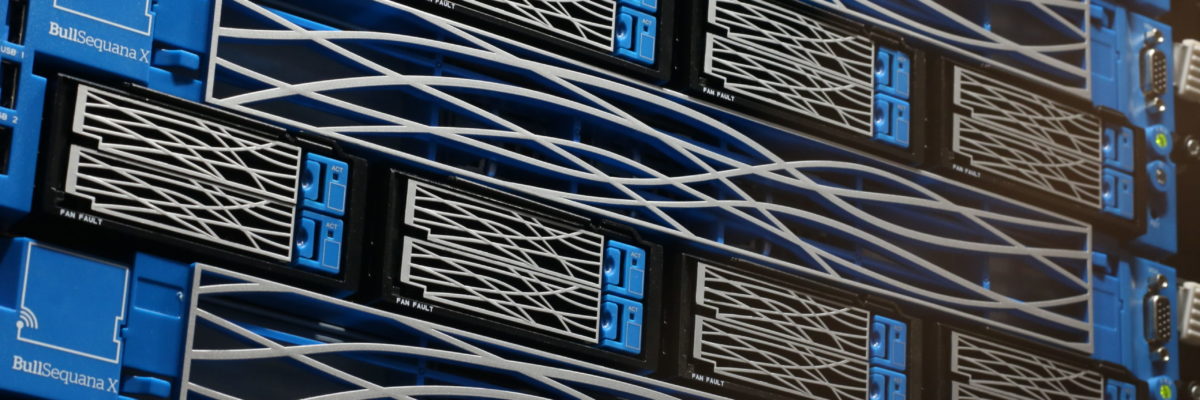
INAUGURATION FOR USERS
On October 21, 2020, Brazilian federal government formalized the start of scientific research using the Manacá beamline, and the research station began accepting proposals for research on other subjects besides Covid-19. Later, in October 2021, the commencement of research in five new research stations (Carnaúba, Cateretê, Ema, Ipê, and Imbuia) was also formalized; these new stations are now accepting research proposals from external researchers. At that time, support laboratories and the data processing unit equipped with supercomputers were also delivered.
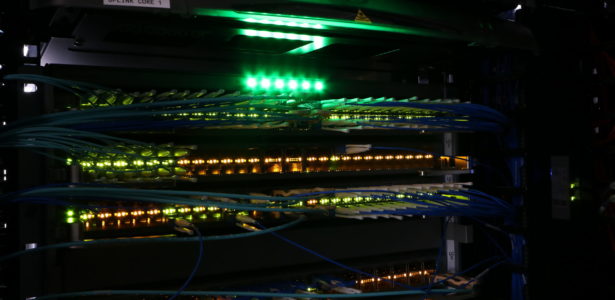
TEPUI
Data Processing Center
This state-of-the-art infrastructure features supercomputers named after important women such as Enedina Alves Marques, Tarsila do Amaral, and Rosalind Franklin, and permits fast, user-friendly, and flexible processing of the huge volumes of data obtained from the beamlines.
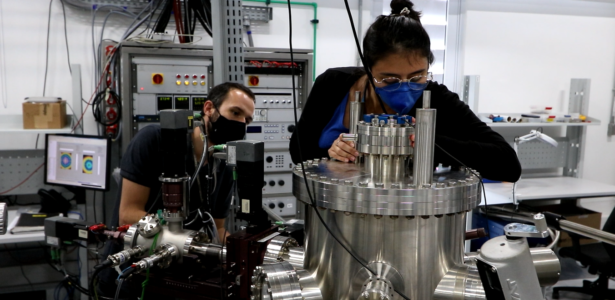
In-situ Growth
Laboratory
This lab provides tools to grow materials in the form of thin films, controlling thickness at the atomic level and in a highly pure form. These materials can be used in a variety of electronic devices, hard drive media, batteries, and more.

Extreme Thermodynamic
Conditions Laboratory
In this lab, material samples can be analyzed under extreme conditions such as high and low temperatures, high pressures, and magnetic fields. Under these special conditions, new materials, and new states or exotic phenomena of matter can be discovered.
CARNAÚBA
The Carnaúba station can analyze a wide variety of nanostructured materials to obtain 2D and 3D imaging with nanometric resolution of soil composition and structure and biological materials and fertilizers, for example, as well as other research in the environmental sciences.
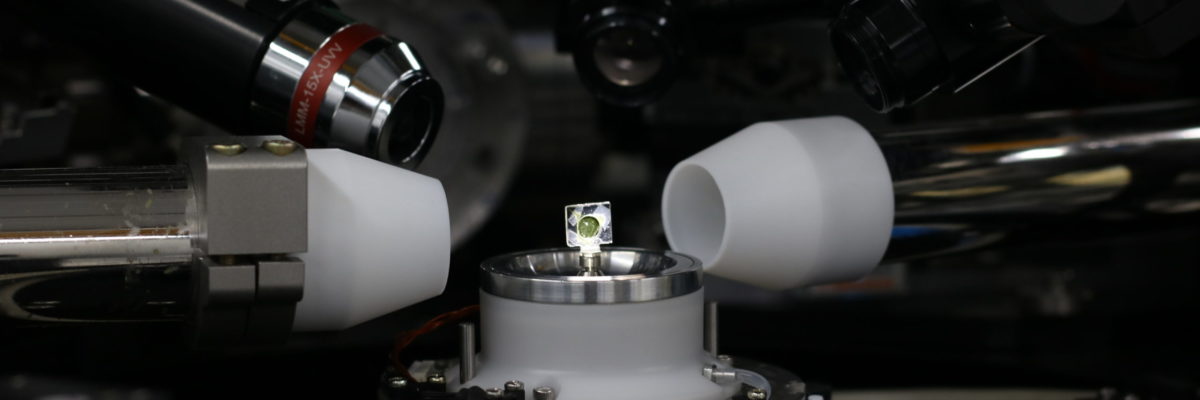
CATERETÊ
The Cateretê station is optimized for three-dimensional imaging with nanometric resolution of materials for a broad array of applications. In the biological sciences, for example, it can visualize the organelles within a cell to investigate structural effects and cellular metabolism.
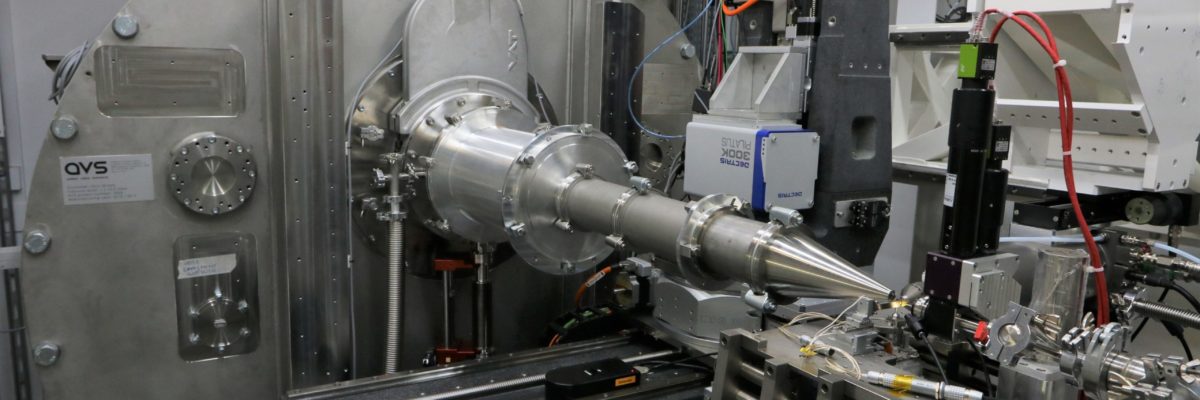
EMA
The Ema research station allows experiments on materials subjected to extreme temperatures, pressures, or magnetic fields. Studying matter under these conditions permits investigation of new materials such as superconductors that can conduct electrical currents without resistance.
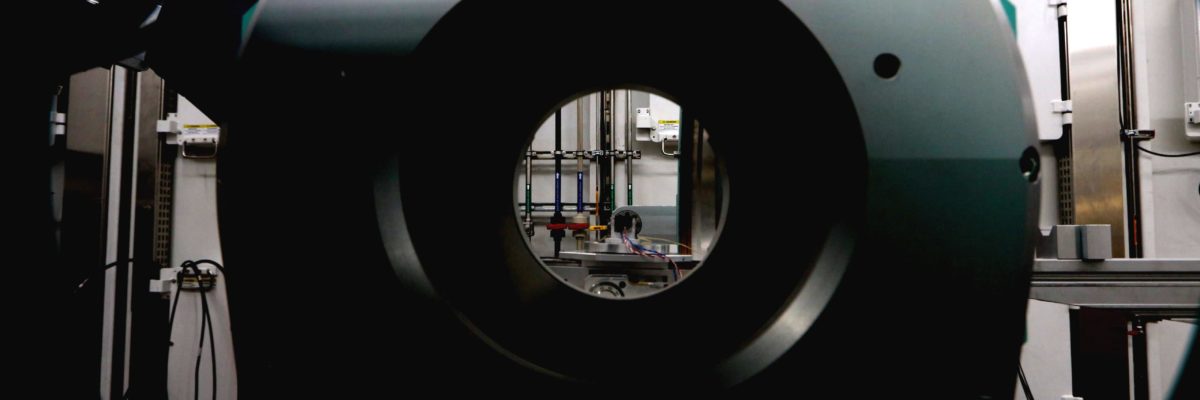
IPÊ
The Ipê station is dedicated to studying the distribution of electrons in atoms and molecules present in liquid, solid, and gaseous interfaces and how it affects the properties of these materials. In this way, it can be used to investigate catalysts, electrochemical cells, and materials for energy and data storage.
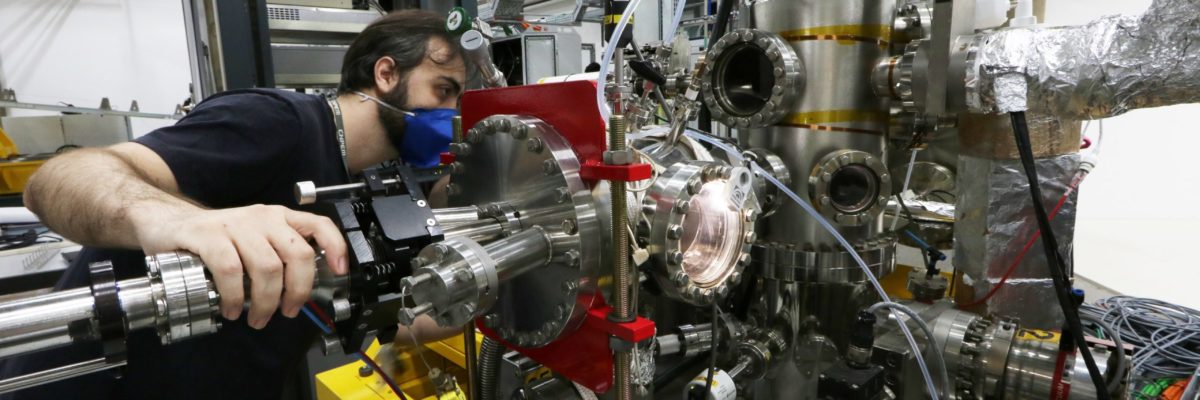
IMBUIA
Imbuia is dedicated to experiments using infrared light, which makes it possible to differentiate between different functional groups of molecules. It permits analysis of almost any material, synthetic, natural, or biological, at nanometric resolution.
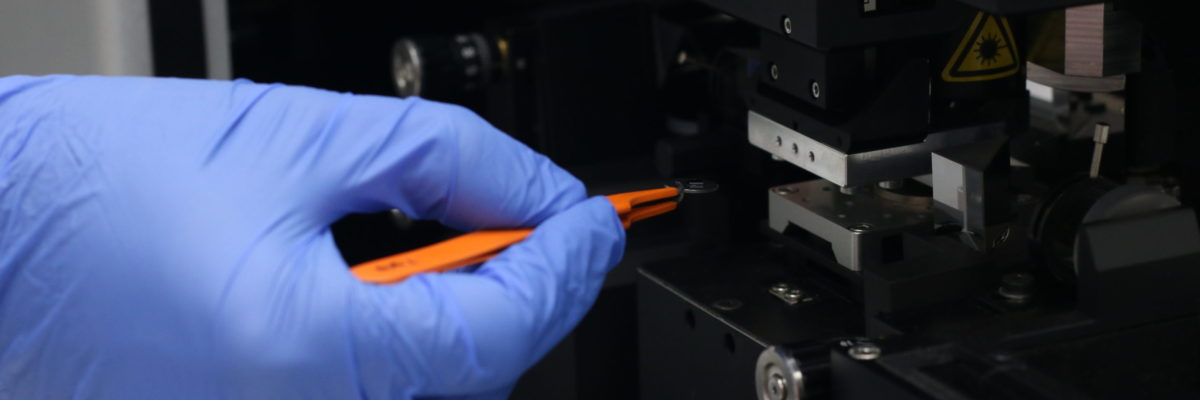
MANACÁ
The Manacá research station permits study of the structure of proteins and enzymes from humans and pathogens with micrometric and sub-micrometric resolution; this work can help develop potential new drugs or understand how known drugs work in order to boost their effectiveness.
